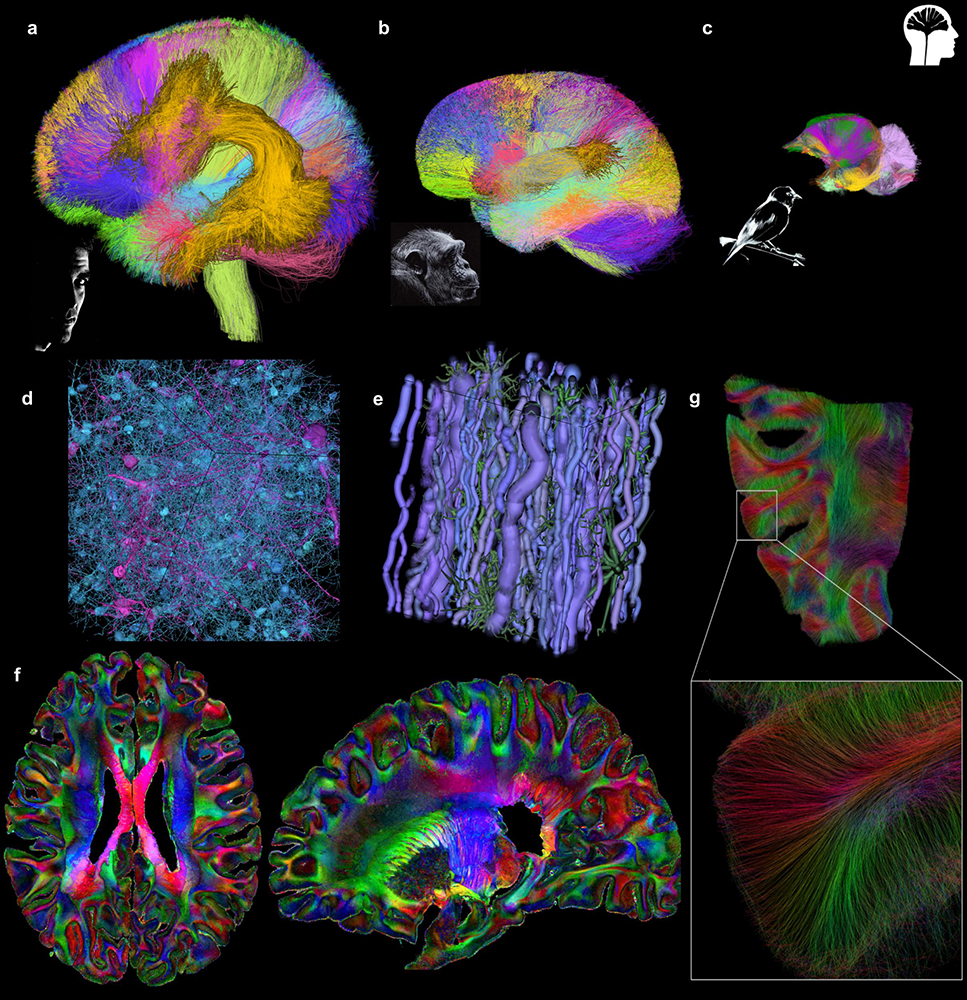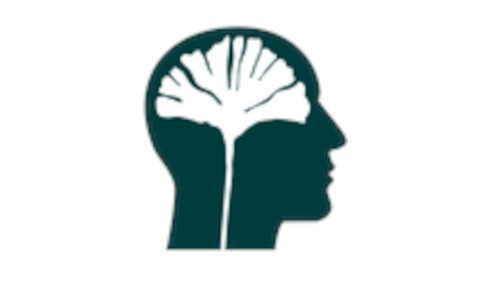
Mapping the brain microstructure across individuals and species
White matter atlases of the human [a], chimpanzee [b] and Japanese quail brains [c]; Medusa simulations of realistic cortex [d] and white matter [e] brain tissues; color-encoded direction map of the Chenonceau brain scanned using 11.7 Tesla diffusion MRI at the mesoscale [f] and inference of the fine structural connectivity of the Chenonceau brain cortical ribbon using HPC spin- glass tractography [g].
